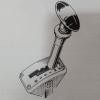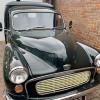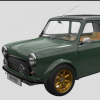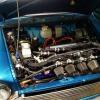I thought it was obvious but apparently not. Fasteners on minis are imperial (SAE) apart from a few exceptions. In fact some are even Whitworth.
Elsewhere on the internet, there is currently a few people trying to say that their classic minis are mostly or entirely metric.
This is far from the first time I've read this but never with so many people.
Metric tools should NEVER be used on imperial fasteners or the other way round. It is always important to ensure that the correct size tool is used, not one size up or down. Failure to use the correct tool results in damage/wear to both the tool and fastener. Don't get me started on screwdrivers...





















